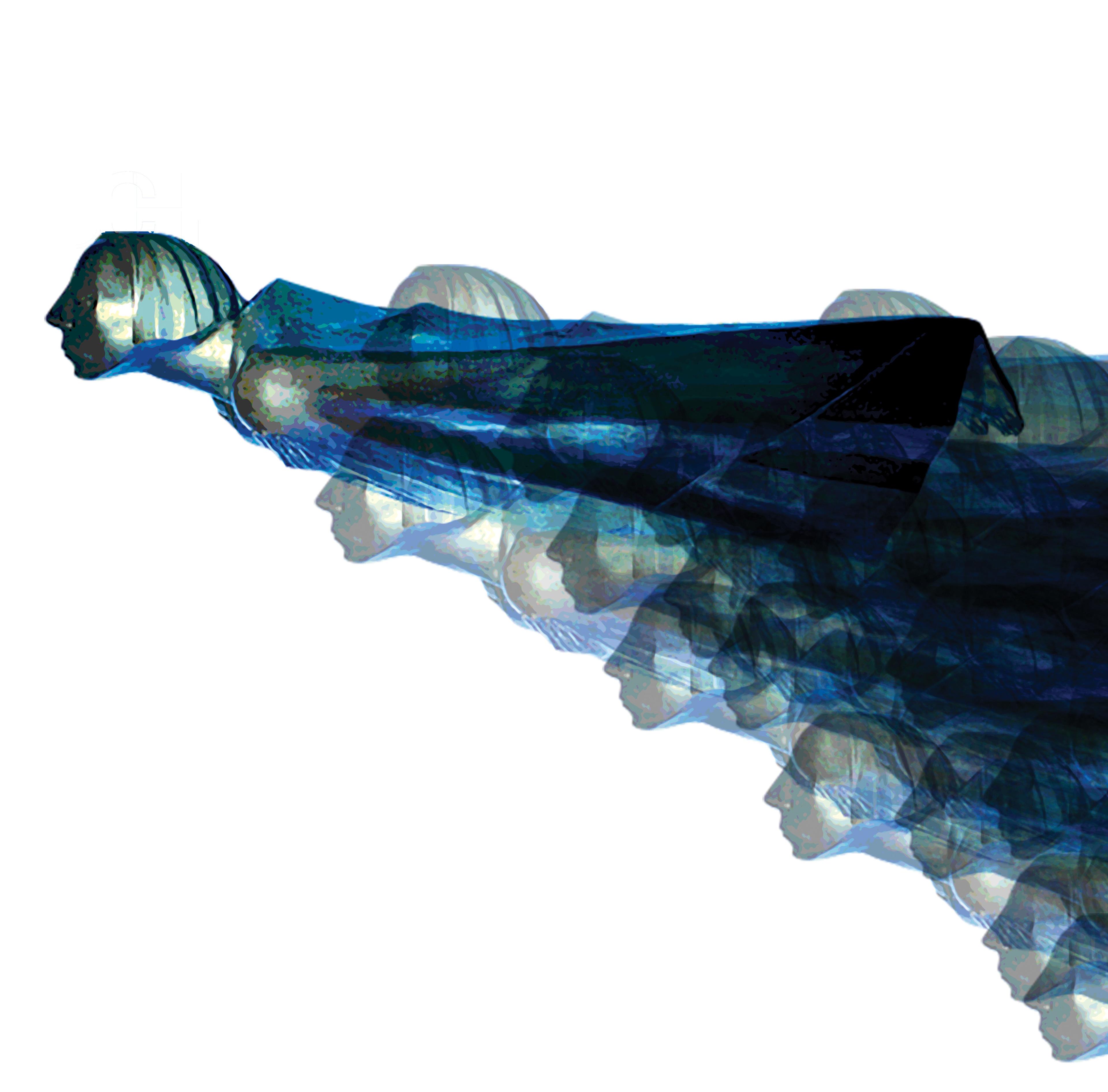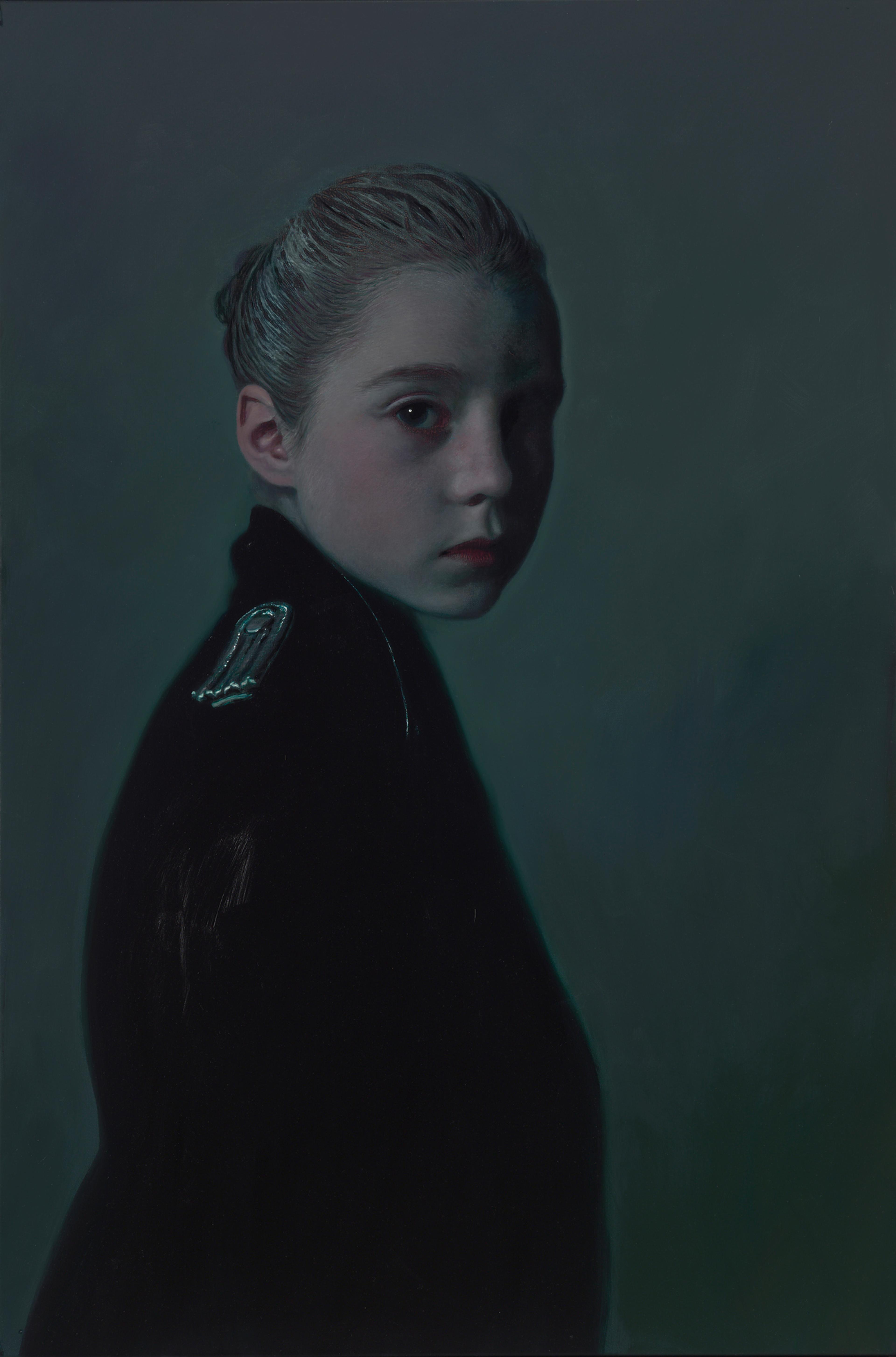
24.02 - 23.06.2019
Helmut Lander Der Weltensammler
Historical travel photographs, sculptural works and watercolors by the artist and photographer Helmut Lander
Barlach Kunstmuseum Wedel
The work of Helmut Lander, who was born in Weimar in 1924 and died in Darmstadt in 2013, was previously considered largely unknown in northern Germany. Yet the sculptor, painter, graphic artist and photographer left his mark on the Darmstadt Secession for decades as a longstanding member of the board, created numerous works of art in public spaces, was a member of the board of trustees of the Institute for Church Construction and Church Art and a university lecturer at the Department of Plastic Design at Darmstadt Technical University.
In the 1950s, 60s and early 70s Helmut Lander traveled extensively in Spain, Africa, India, Mexico, Yemen and the Near East. The photographs, films, drawings, and graphic works with which he documented these journeys condense for today's viewer into a unique collection of cultural-historical travel portraits. Always searching for the symbolic of a look, a gesture or an action, Lander traces, from constantly changing perspectives, above all the lives of the people he encountered on his travels. In dynamic image composition, the artist points to contexts of action or ambiguous interactions that always tell small stories and enable today's viewers to better understand the foreignness of the regions they have traveled.
Lander's historical travel photographs are snapshots in which moments of foreign life are captured. In doing so, he serves neither stereotypes nor tourist clichés, but rather takes an ethnographic stance by collecting impressions from participant observation on people. The artist does not serve our longing for exotic travel worlds. He succeeds in largely evading the logic of prevailing projections of foreignness, because he consistently resists idealizing, transferring, and displacing his own emotions onto the foreign. Thus he makes an important contribution to the discussion about intercultural relations, migration and integration. He shows that the experience of the foreign can be less unsettling than fascinating. Lander's travel images are subversive not because they frighten, incite, or stigmatize, but because they are thought-provoking and thus can make an important contribution to overcoming current biases toward the foreign.
Lander's constant will to form and design is also expressed in his sculptural works in particular. Here he likes to take up the surrealist tradition of the "found object" by subjecting naturally given forms to a metamorphosis and arranging them into figural scenes full of dynamic strength and inner tension. Here, too, the human figure and the human body is his thematic guideline, culminating in the watercolors and photographs of female nudes, which he condensed with iron and bronze sculptures into the group of works entitled "Strong Women."
Lander's nudes and torsos are highly reduced in their depiction, for the artist is so focused on the person that space recedes entirely into the background. Lander's body images are obsessive and disturbingly beautiful: his figures stretch and bend, his bodies twist and stretch, close into round and compact enclosedness or spread out into sensual beauty. Lander gets very close to his models, he literally gets under the skin of those depicted and in this way creates body images that are not immediately decipherable and that we have to complement with an unbiased imagination.







